The Bushmen, also known as the San people, are considered the oldest tribe that still exists in the world today. Surely you have seen them in many photographs with their bodies of small stature almost naked covering the private parts with animal skins, their wrinkled skin, their curly black hair in small flakes on the skull and the very almond-shaped eyes protected by thick eyelids. Today, the vast majority live in Botswana, although many have left behind the ancestral traditions of this ancient people. Its history is a constant struggle for its survival and for maintaining its way of life in today’s world where globalization and the progress of “modern life” have taken hold.
The earliest signs of this tribal group are found in the Upper Paleolithic (between 33,000 and 9,000 years BC) and are found throughout southern Africa. They were displaced by more violent and numerous tribes such as the Bantu, and also martyred and enslaved by the colonizing powers such as the Boers, Germans or English. In fact, it was the settlers who called this group Bushmen, meaning “the men of the forest.” Currently, there are few in the Kalahari Desert Reserve area and many on the surroundings of big cities and towns in Botswana.
They are a people considered hunters-gatherers. They do not work in agriculture or livestock, do not work in metal, do not live in large villages, do not have their own writing; but they have a great knowledge of nature and animals (this allows them to live close to many predators), they craft complex tools through stones, they make many cave paintings, and they have a very sophisticated way of communicating with their language. The San language is a Khoisanid language where the presence of clicks (i.e. noises made by the tongue) stands out as a phoneme. 70% of all his words start with a burst as a sound.
They are nomadic peoples who gather fruit, herbs and tree roots; and they hunt antelopes with small spears made for themselves. They live in igloo houses made of branches and covered with animal skins. And often during the rainy season they live in caves in the woods and in the mountains.
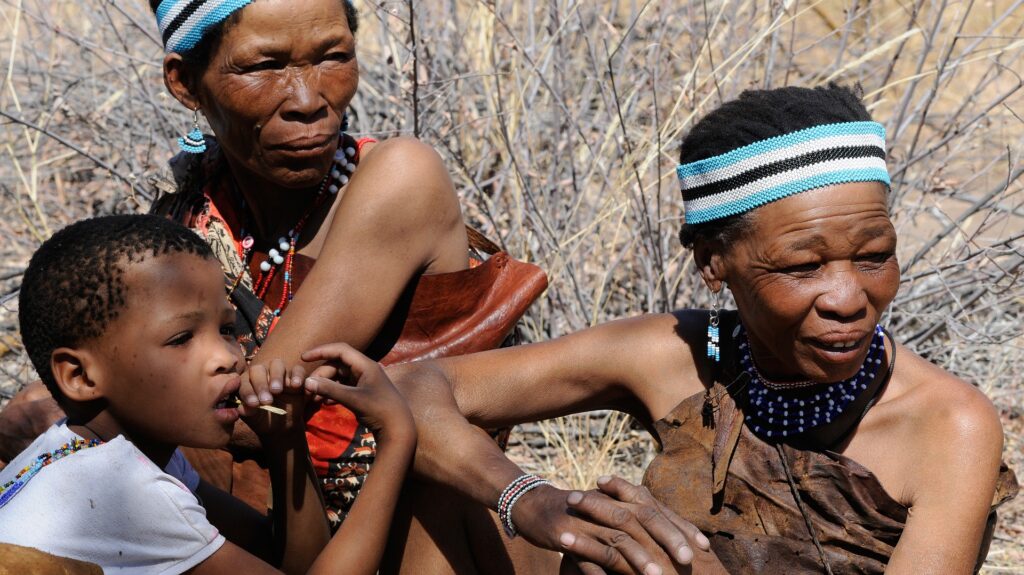
The San believe that the diseases are caused by the spirits of the ancestors who try to take the patient to another life. For this reason, they often perform healing dances around the patient, as well as make healing plants that they collect themselves. They also perform other sacred rituals, such as invoking the rain.
The people of San have endured for thousands of years because they have always maintained a great balance between the resources they obtained from nature and the survival of their population. They only hunt animals just for food and to use their skins as a piece of clothing or protection for their homes; they collect the plants they need for that day without storing them and without wasting more than necessary; they have a very cooperative view of the community, where all the food they get is distributed equally among all the members of the village; it is a totally egalitarian people where neither sex predominates over the other; they do not conceive of the concept of private property or greed; and they have great respect and trust for the whole group caring for the elderly and the sick.
Being nomadic, having a non-greedy lifestyle and getting just what it takes to survive and feed, has caused nature to regenerate allowing this tribal group to continue to obtain natural resources for to the survival of its history. Its worst enemy has not been food shortages or climate change; but he has found it in the government of the country of Botswana, which has wanted to integrate them into modern life by separating them from their lands and traditions, although as has been seen a posteriori, the purposes were entirely others.
Around 1980, the Botswana government discovered the presence of diamonds in the Kalahari Desert Reserve, the lands where the San settlements lived. With the argument of helping the Bushmen to get started in the progress of globalization, offering them an education and wanting to integrate them into urban society; the Botswana government decided to evict approximately 5,000 San who lived on their lands and forcibly relocate them to settlements located outside the Kalahari Reserve. In addition, another reason given by the government was the promotion of tourism and environmental conservation of the Kalahari Desert Reserve (avoiding the hunting of animals by the San peoples). Behind this expulsion, many saw the hand of the government as considering the San a nuisance to benefit from diamond mining, one of the country’s main economic sources.
Although many San tried to return to their lands, the government banned hunting within the Reserve (except for tourists hunting on private property by paying a significant amount of money); and closed wells and access to water making survival within the Reserve almost impossible. They were stripped of three key elements for the social structure of the San people: hunting, water, and the nomadic lifestyle that has always characterized them.
The government offered to the San people concrete houses near cities such as the Kaudwane, Xere and New Xade camps. For them, these camps were known as “the place of death”; so you can already imagine what a future awaited them. Children can go to school, but the problem is that they don’t teach their language there (they only teach Setsuana and English); and therefore communication becomes very complicated causing many of them to leave school prematurely.
In addition, the establishment of a nomadic people in a fixed location has led many of them to encounter an imposed lifestyle. Many see Bushmen as second-class citizens. This difference now causes many San to fall into alcoholism, homelessness, extreme poverty, depression, marginalization, and AIDS. Today, some of them work as shepherds or landowners who need cheap labor for their crops. Others live in poverty with only a small income from the government, which is not enough to live on.
The government of Botswana that promotes tourism to visit San communities are the ones that make it difficult to maintain their traditions. In fact, in 2002, a lawsuit was filed against the Botswana government for expelling the San from their lands. After 4 years, the judges ruled that the expulsion was illegal and unconstitutional and that the San had the right to live in the Kalahari Reserve, which has been their place for thousands of years. Bushmen spokesman Roy Sesana said when the verdict was handed down: “Today is the happiest day for us, the Sans. We cried a lot, but today we cry for happiness. They have finally set us free. The expulsions have been very painful for our people. We hope that now we can return home, return to our land ”.
However, happiness has lasted very little. The government has tried to put sticks in the wheels during the execution of this sentence. For example, he has denied entry to the country of one of the San defense lawyers, the scottish Gordon Benett; has imposed a price for obtaining water within the Reserve and an annual limit for animals to be hunted; and has placed guards at the entrance to the Reserve to control people entering it.
The town of San is a town destined to disappear. If they fail to find a balance between progress and tradition; and at the same time they do not change the policies of the government that is silencing them little by little, the San town has few years of life left.
However, different associations of Bushmen have emerged fighting for their right to return to their lands. In addition, various communities outside the Reserve have been managing various initiatives to raise awareness of their culture and find a new way worthy of living in the midst of progress and tradition.
We visited the San de D’kar Museum, a few kilometers from Ghanzi. This is an association of bushmen who run a small museum where we can learn more about the history of the San; and where we also find a very interesting art project: the Kuru Art Project. For more information, click here.


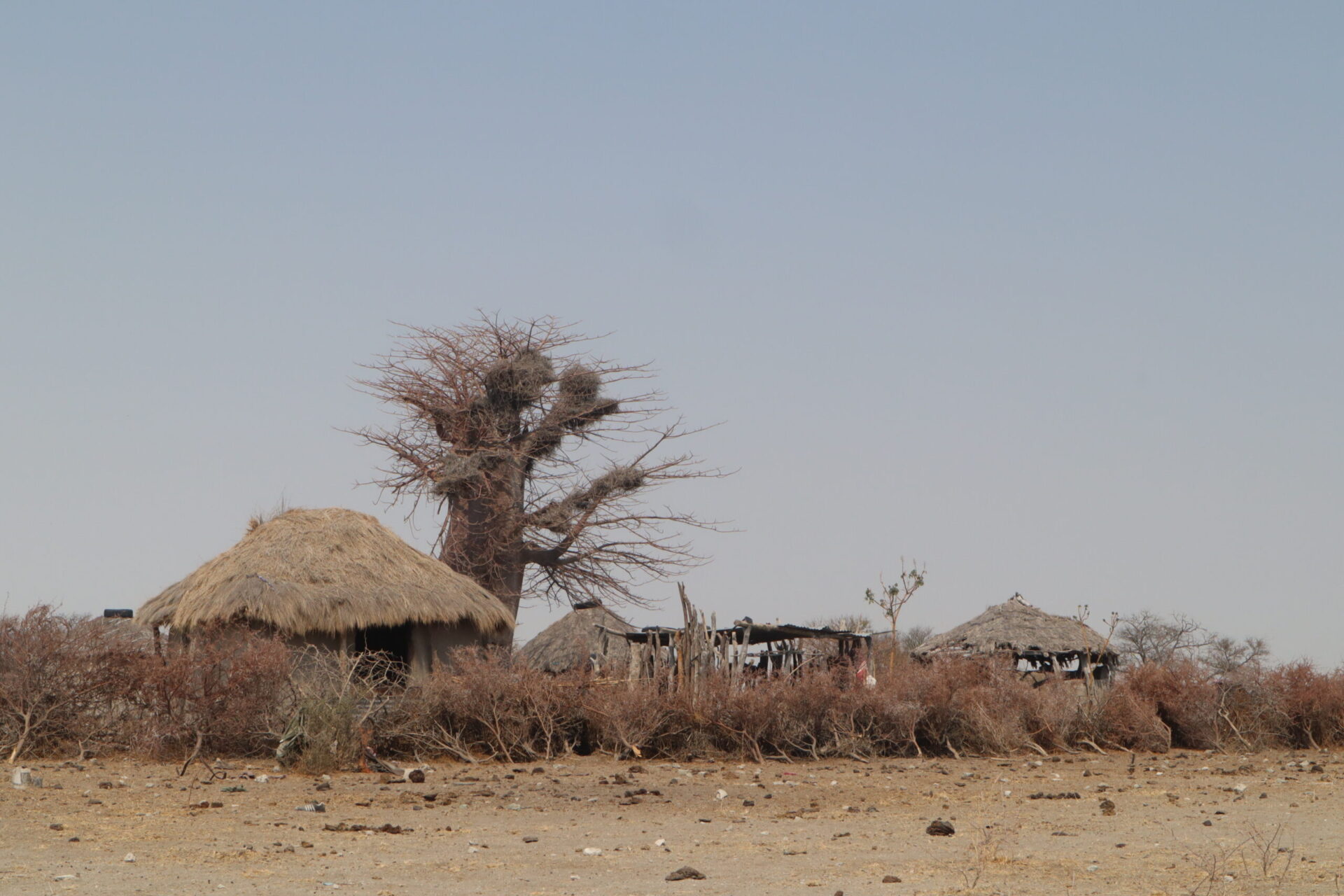
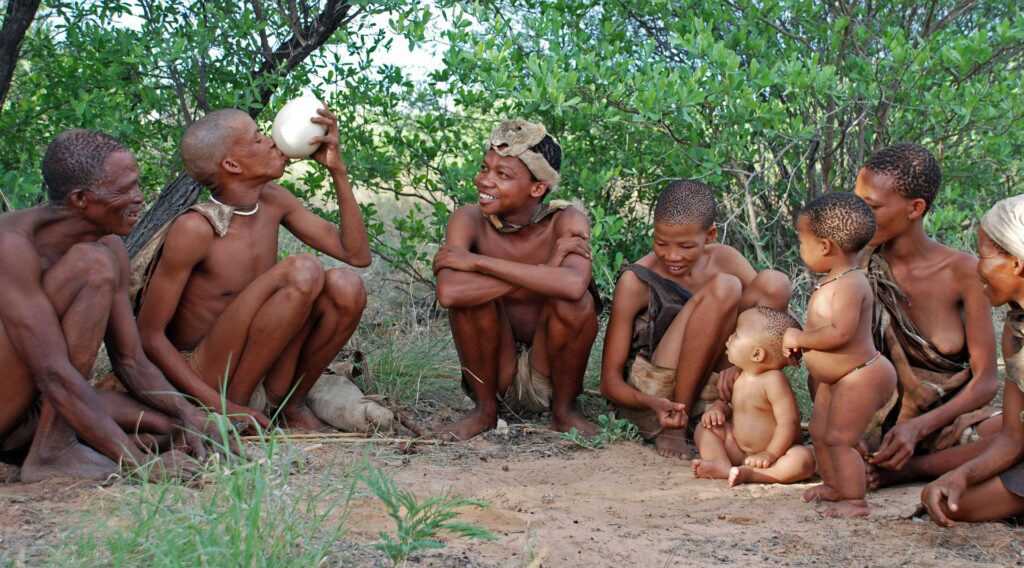

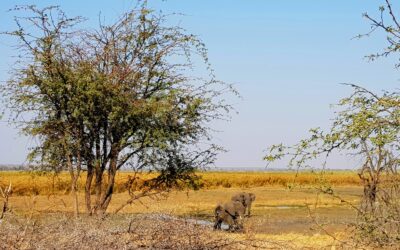


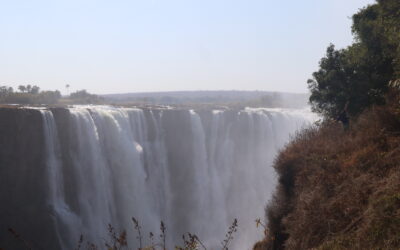
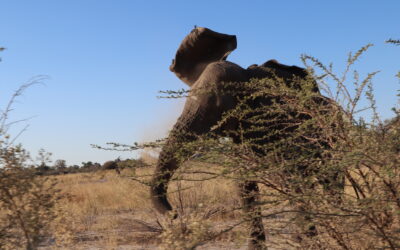

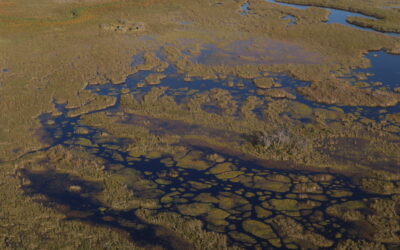
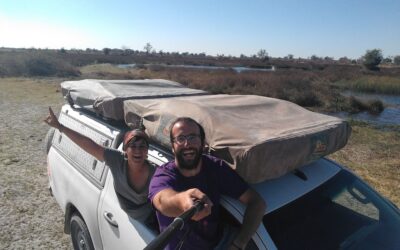


0 Comments